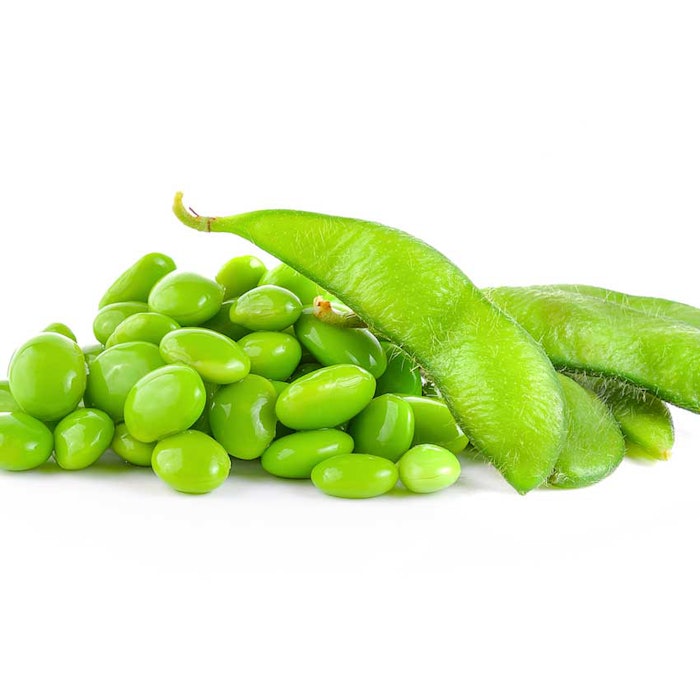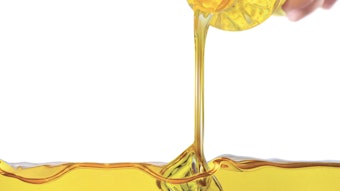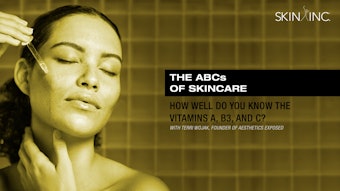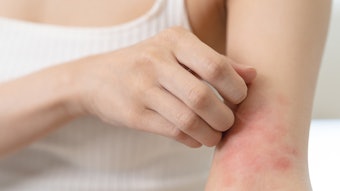
An in vitro study by Sophia Y. Zhang PhD, et al, and published in the Journal of Cosmetic Dermatology (July 2021), found that both collagen and soy peptides inhibit radical oxygen species and increase collagen expression in fibroblasts.
The researchers evaluated soy peptides (SP) and collagen peptides (CP), alone and in combination, using tert-Butyl hydroperoxide (t-BuOOH)–treated dermal fibroblasts. They used flow cytometry to explore the potential of CP and SP to inhibit ROS formation; real-time quantitative polymerase chain reaction (PCR) to measure their effect on extracellular matrix (ECM) component genes; and a 3D collagen lattice model that measured contractility to examine the effect of CP and SP on UVA irradiated fibroblasts.
The results showed that the combination of CP and SP synergistically reduces ROS formation and increases expression of collagen I, collagen II, elastin and fibronectin in t-BuOOH-treated and untreated dermal fibroblasts. In the UVA-treated 3D collagen lattice model, the results show that CP and SP significantly improved fibroblast contractility when compared to control.










